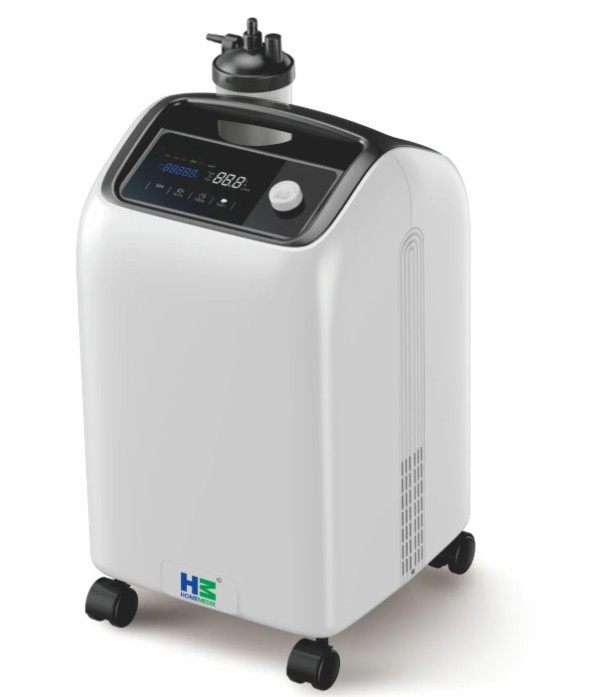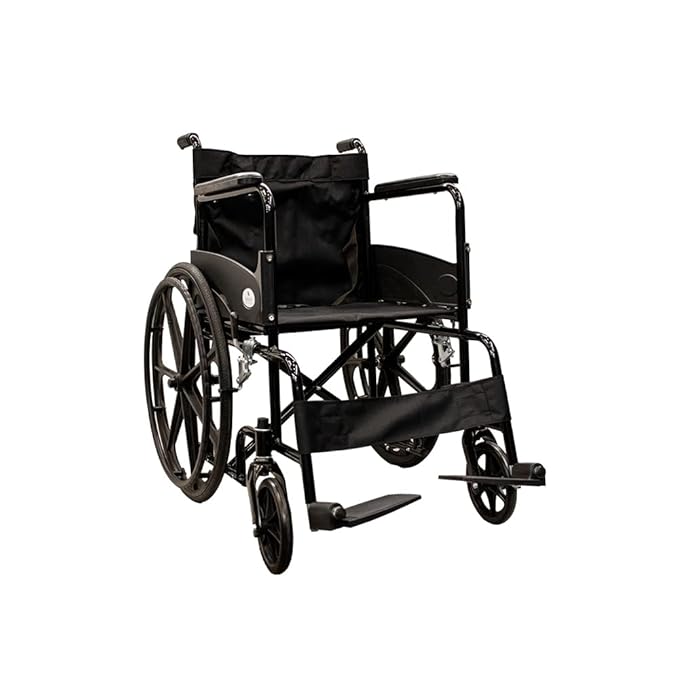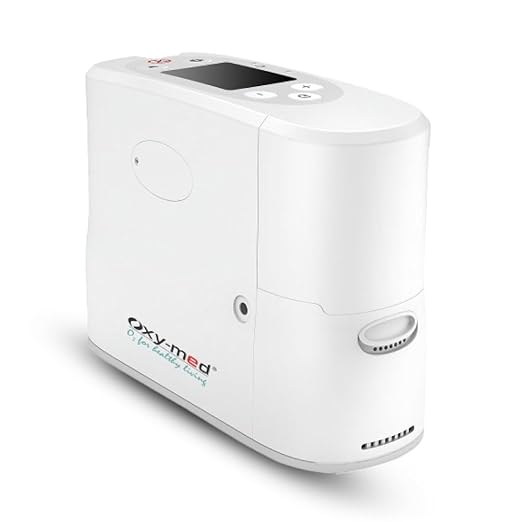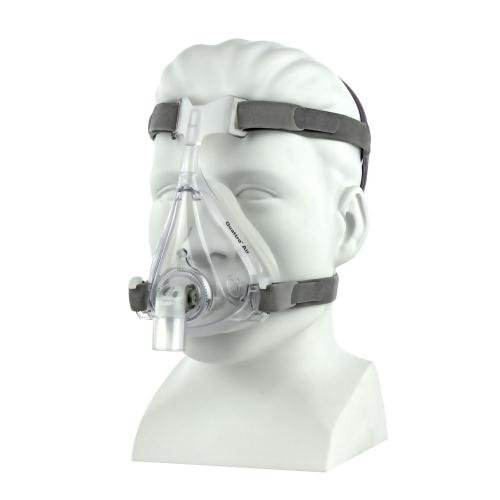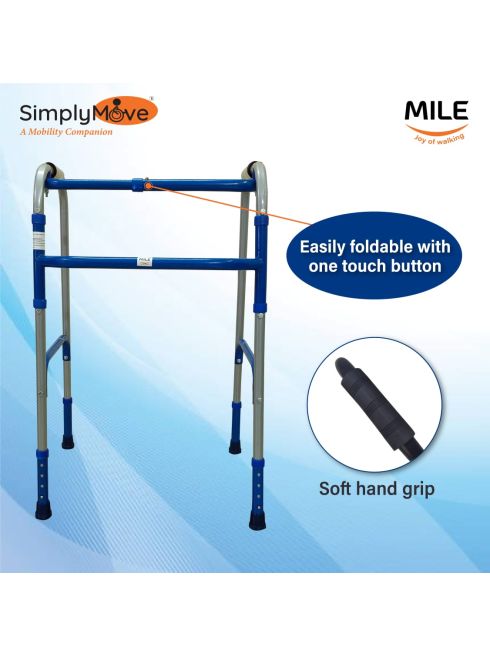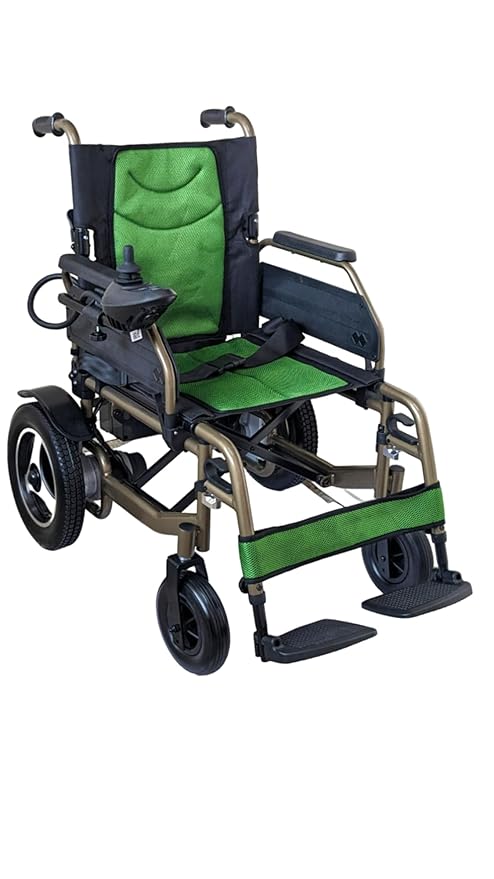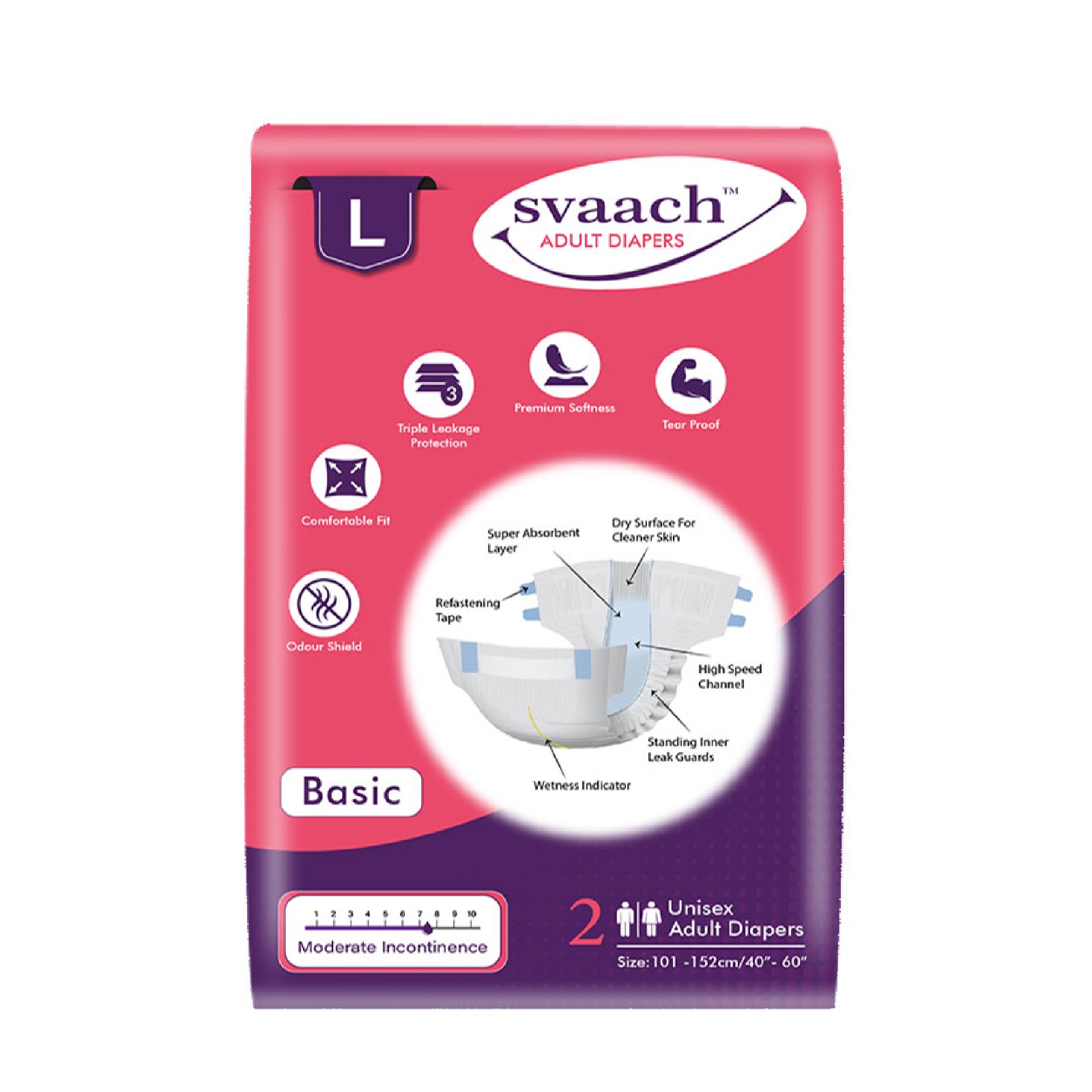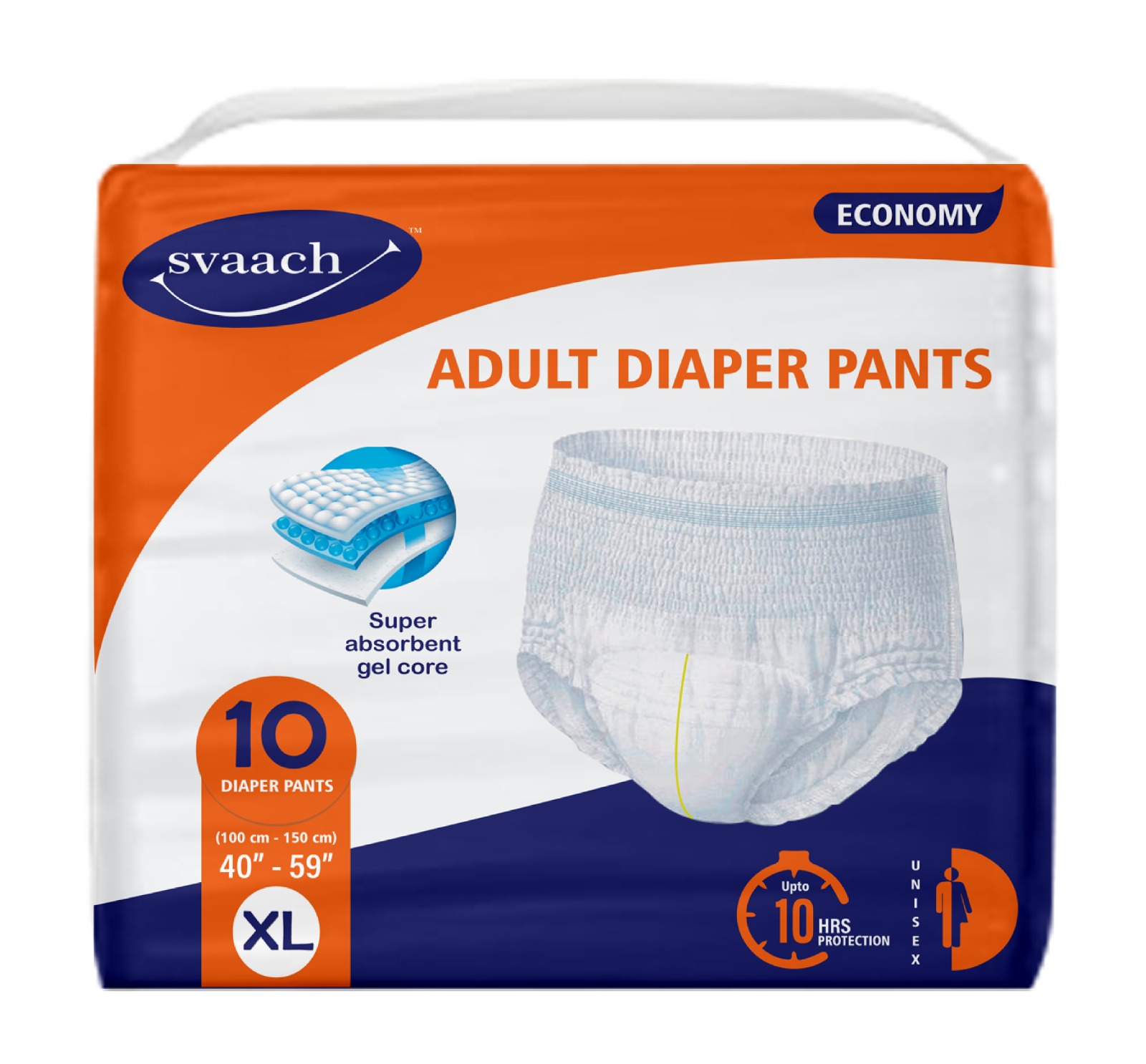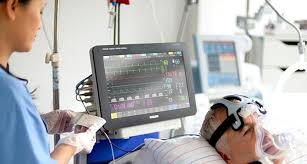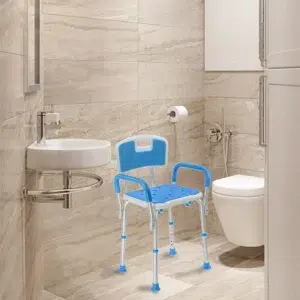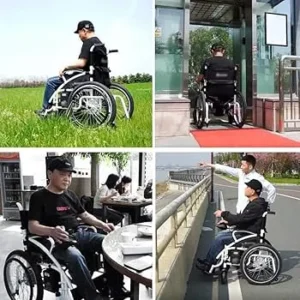Introduction
Varicose veins are one of the most common conditions affecting pregnant women. They can make it difficult to walk or move around comfortably and can cause swelling, pain, and itching of the affected skin.
Varicose vein (VVs) disease is very common in pregnancy.
Varicose vein (VVs) disease is very common in pregnancy. Varicose veins are caused by a combination of factors, including:
- Increasing pressure in the legs due to an expanding uterus
- Increased hormone levels that cause the blood vessels to dilate (enlarge) and bulge outwards, which increases the risk of blood stasis and clot formation
- Increased body mass index (BMI), which puts more pressure on your legs and feet
Varicose veins affect about 30% of pregnant women.
- Varicose veins are more common in pregnancy.
- Varicose veins Treatment for pregnant women is very different than normal. The compression stocking method is one doctor choose mostly
- Pregnant women tend to have a higher level of estrogen and progesterone, which can cause the veins in the legs to dilate (enlarge) and weaken, making them more susceptible to stretching. The increased blood volume also puts additional pressure on your existing veins.
Risk factors for varicose veins include age, weight, height, a family history of varicose veins, and a previous pregnancy with VVs.
- Age: As you get older, the walls of your veins become weaker and more likely to bulge.
- Weight: Excess weight puts a lot of pressure on your veins, which can cause them to stretch out and enlarge.
- Height: Taller people tend to have larger blood vessels than shorter ones, which means that they’re more vulnerable to varicose veins.
- Family history: If your mom or dad had VVs when they were pregnant with you, you’re more likely to develop VVs yourself during pregnancy—so it’s important to talk with your doctor about ways that you can prevent this from happening again!
- Previous Pregnancy with VVs: A previous experience with VVs (varicose veins) is one of the biggest risk factors for developing them again during future pregnancies. This may be due in part because dilated veins are easier targets for tension and compression during strenuous activities such as lifting weights during exercise routines; however, there has been little research conducted thus far on this topic since no significant differences were found between groups who exercised regularly versus those who didn’t exercise at all.”
VVs can make it difficult to walk or move around comfortably.
Varicose veins can make it difficult to walk or move around comfortably. They can cause swelling and pain in the legs and ankles. Varicose veins can also cause aching, cramping, itching (especially at night), and throbbing sensations in the affected skin.
Symptoms include leg pain, muscle aches, swelling, cramping, and itching of the affected skin.
When varicose veins occur during pregnancy, the symptoms are usually mild and generally go away after the baby is born. However, in some cases, they can be more severe or persistent and may require treatment.
Symptoms include leg pain, muscle aches, and swelling. The affected skin may also itch or burn or feel numb. In addition to these signs of varicose veins during pregnancy:
- You might have visible bulges on your ankles or calves that appear as blue-gray lines or streaks when you press on them gently with a finger (the spider veins). These can be painful if they are large enough to cause an obstruction in the blood flow through them.
- If varicose veins become blocked (occluded) during pregnancy, this could lead to serious problems such as clotting inside them (phlebitis), with an increased risk of developing blood clots around your lungs that could potentially damage your lungs and cause breathing difficulties if left untreated
Compression stockings can be prescribed by a doctor to help prevent or treat VVs during pregnancy.
Compression stockings are available in different styles and sizes. They can be worn during the day or at night, on one leg or both legs. It is important to follow your doctor’s instructions carefully when using compression stockings.
Compression stockings are recommended as an option for pregnant women with VVs who need extra support due to increased blood flow to the uterus, increased abdominal size, and/or swelling of ankles and feet. Compression stockings may also help prevent varicose veins from becoming worse during pregnancy if you’re already showing signs of venous insufficiency (such as varicose veins).
Pregnancy tights can be an effective alternative to compression stockings.
Pregnancy tights are a great alternative to compression stockings. They are easy to wear and can be worn during pregnancy and after the delivery of your baby. You can even wear them while exercising, sleeping, doing housework, or traveling.
Pregnancy tights work by creating gentle pressure on the legs which helps reduce swelling and varicose veins. The open-toe design means that you can still wear shoes that fit well with your pregnancy tights so it’s easy to go about your daily routine as usual!
Exercise has many benefits for women with varicose veins during pregnancy.
Exercise has many benefits for women with varicose veins during pregnancy. It can help prevent varicose veins, reduce pain from varicose veins, reduce swelling from varicose veins and even help you feel better about your condition.
Exercise is important to keep your body strong and healthy during pregnancy. It will also help you maintain a healthy weight while pregnant and it may even make labor easier if you have a vaginal birth. If you choose not to exercise because of your varicose veins, it’s possible that they could worsen or become more painful as the pregnancy progresses.
Exercise will also help improve circulation in your legs which can decrease swelling around the affected area of skin or tissue (such as around an enlarged vein). If there’s no improvement by 30 weeks gestation then talk with your doctor about having an ultrasound done on the affected area so that we can see how bad things are looking at this point in time.”
Pregnant women should avoid standing for long periods and wear comfortable shoes.
- Avoid standing for long periods.
- Wear comfortable shoes.
- Avoid wearing high heels, which can put pressure on the veins in your legs and make varicose veins worse.
- For example, you should avoid sitting or lying with your legs crossed while you are pregnant because this position puts increased pressure on the superficial femoral vein (SVF) in the front of the thigh that drains blood from the lower limb back to the heart.
During pregnancy, varicose veins are a common occurrence for which several treatment options exist.
Treatment options for varicose veins during pregnancy vary depending on the severity of the varicose veins. If you experience swelling, discomfort, or pain in your legs, these are signs that your varicose veins have become more severe and may require further treatment.
Some treatments are not recommended during pregnancy, including sclerotherapy and laser therapy. Sclerotherapy involves injecting a solution into swollen veins to collapse them over time. Laser therapy employs concentrated light to shrink or destroy varicose vein tissue so it can be absorbed by the body’s natural healing process (hemorrhage). Both treatments carry a small risk of causing fetal abnormalities and should therefore be avoided if possible during pregnancy.
Varicose veins can also be a symptom of other problems such as deep vein thrombosis (DVT), which occurs when clots form in leg blood vessels; this condition is serious and sometimes life-threatening in pregnant women due to an increased risk for complications from DVT during pregnancy
Conclusion
Varicose veins during pregnancy are a common occurrence. If you suspect that you have varicose veins, make sure to consult with your doctor who can test for them and recommend the best course of action. For more information on this topic, contact us today!
Frequently Asked Questions
What can I do for varicose veins during pregnancy?
Natural Varicose Veins Treatment During Pregnancy
- Avoid being still for long stretches of time.
- Steer clear of stilettos.
- Regular exercise.
- Put on supportive pregnancy underwear.
- Avoid sitting with your legs crossed.
- Raise your legs occasionally to encourage blood flow.
Can varicose veins rupture during delivery?
The risk of vaginal delivery may be related to the varicose veins, which could result in significant bleeding if they rupture during labour and delivery.
Will pregnancy varicose veins go away?
Within 12 weeks of giving birth, postpartum varicose veins frequently dissolve or start to recede. Elevating your legs, donning compression stockings, avoiding wearing tight clothing, and adhering to a low-sodium diet are all ways to treat varicose veins during pregnancy and after delivery.
How can I prevent varicose veins from getting worse during pregnancy?
Compression gradient hose available over the counter: These facilitate blood flow back up toward your heart because they are tighter at the feet and ankles and looser as they rise up your legs. As a result, they aid in reducing swelling and could stop the progression of your varicose veins.
When do I have to worry about varicose veins in pregnancy?
Call your doctor if you feel any firm, heated, or painful veins or if the skin around them seems red. After delivery, when the uterus is no longer pressing on the inferior vena cava, varicose veins frequently get better.


